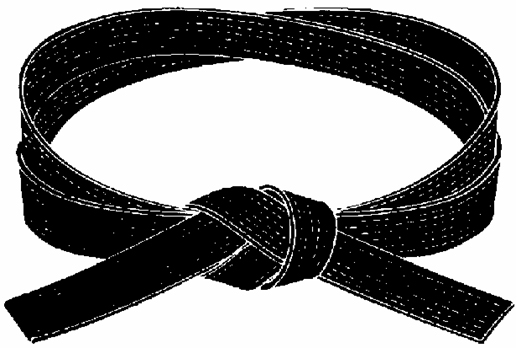Shikaku (Eligibility Requirements)
To be eligible to test for shodan-ho, a candidate must meet all of the eligibility requirements listed below:
| n | A minimum of thirty (30) months training in Shimabukuro-ha Shitō-Ryū karate-dō | |
| n | A minimum age of 13 years** | |
| n | Participate in a minimum of fifty (50) one-hour karate training classes since promotion to ikkyū. |
| n | Consistently exhibit satisfactory attitude and behaviour at home and school (youth). | |
| n | Consistently exhibit appropriate attitude and behaviour in the dōjō | |
| n | Submit a written request for promotion testing on the prescribed form | |
| ** | A dan (black belt) ranking carries with it a number of formal and informal responsibilities, not the least of which is serving as sempai to all yūkyūsha and shoshinsha. These responsibilities demand not only physical skills and knowledge, but a level of personal maturity and experience not possessed by those below the age of 13. |
>back to top


